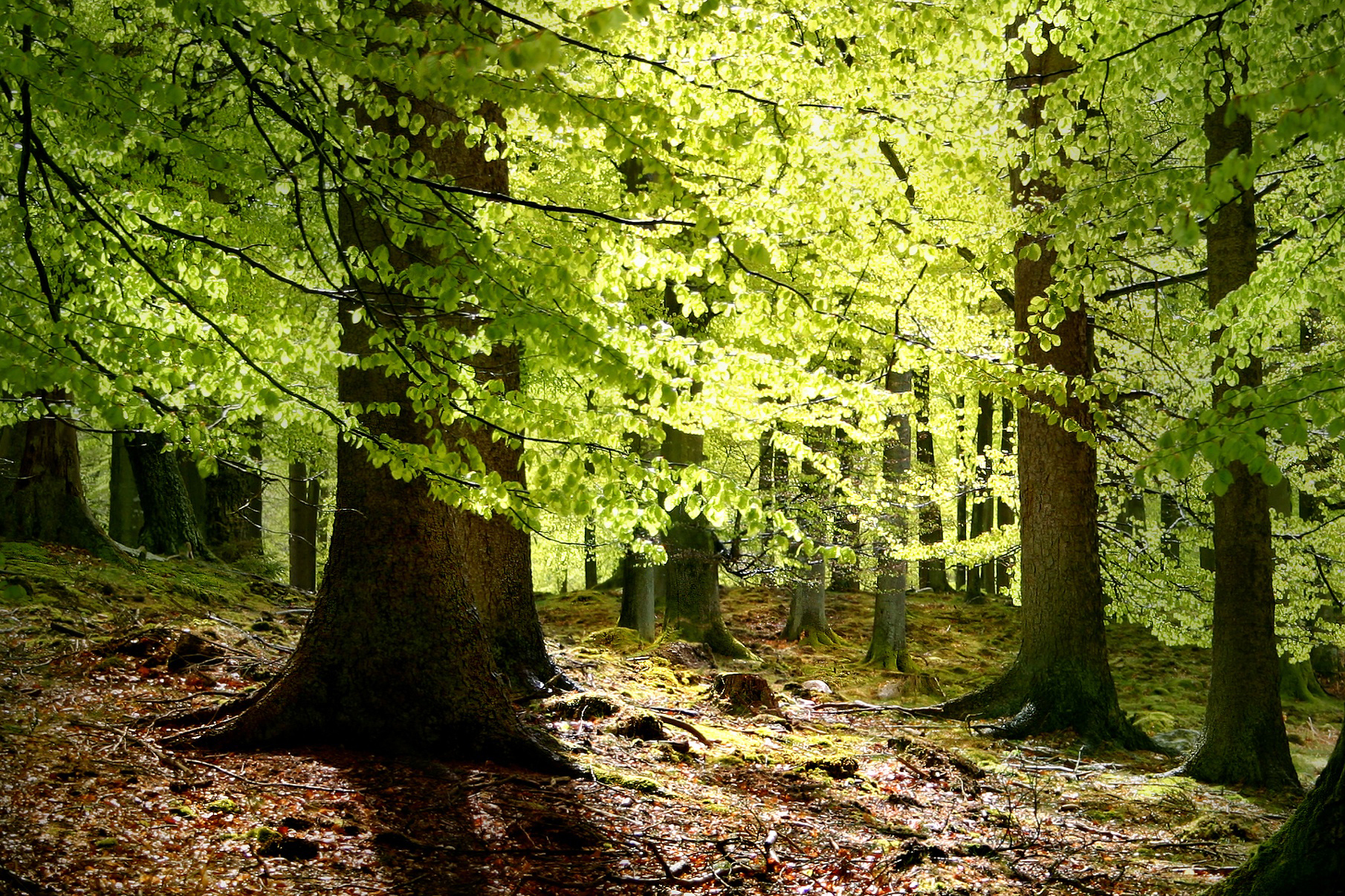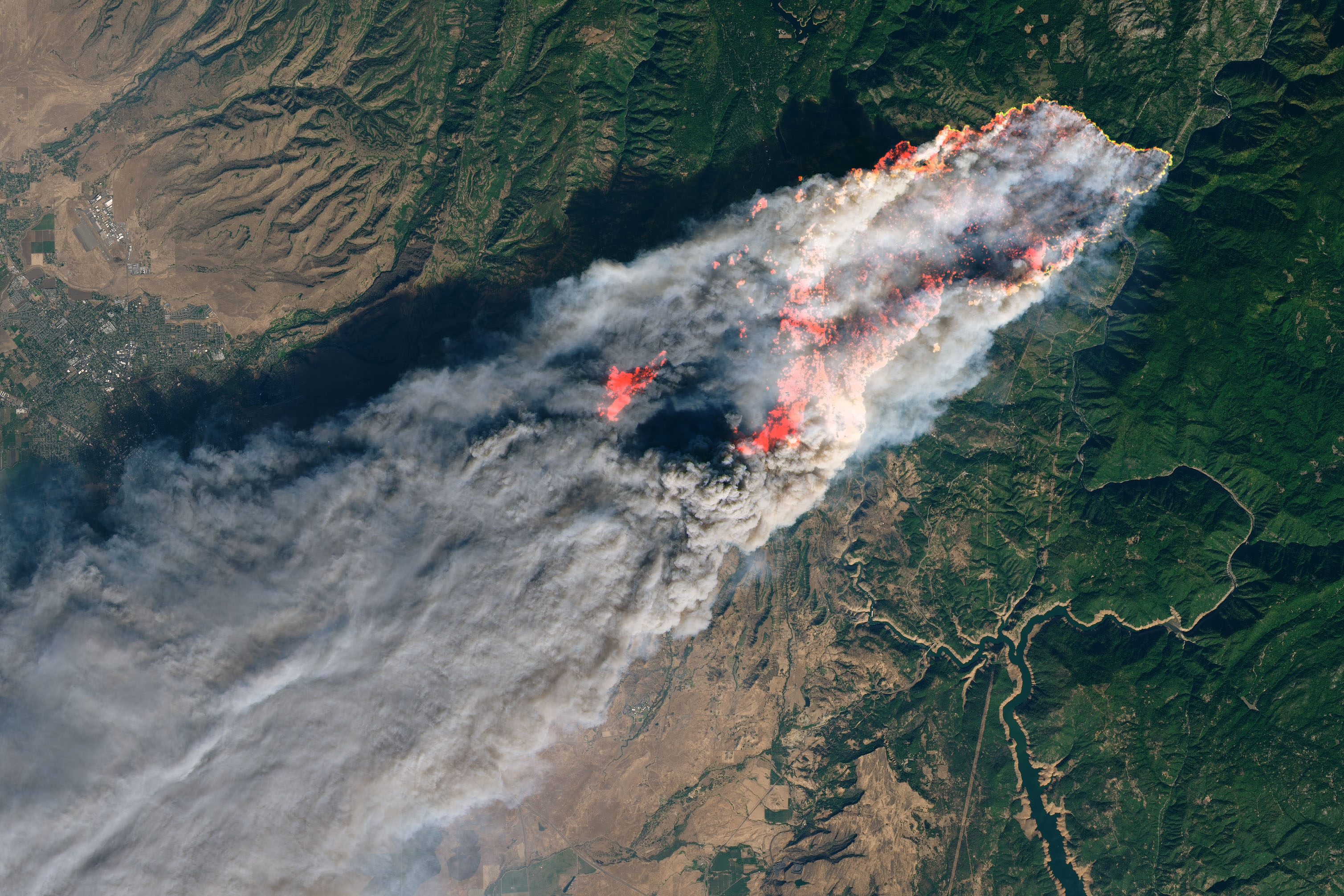Sustainable Development Goal 15: Life on Land
Sustainable Development Goal 15 seeks to protect, restore and promote sustainable use of terrestrial ecosystems, sustainably manage forests, combat desertification, and halt and reverse land degradation and halt biodiversity loss. Preserving diverse forms of life on land requires targeted efforts to protect, restore and promote the conservation and sustainable use of terrestrial and other ecosystems. Goal 15 focuses specifically on managing forests sustainably, restoring degraded lands and successfully combating desertification, reducing degraded natural habitats and ending biodiversity loss.
Space technologies can be utilised for:
- Bio-geophysical land surface monitoring
- Terrestrial biodiversity monitoring
- Monitoring of poaching and identification of smuggling routes

